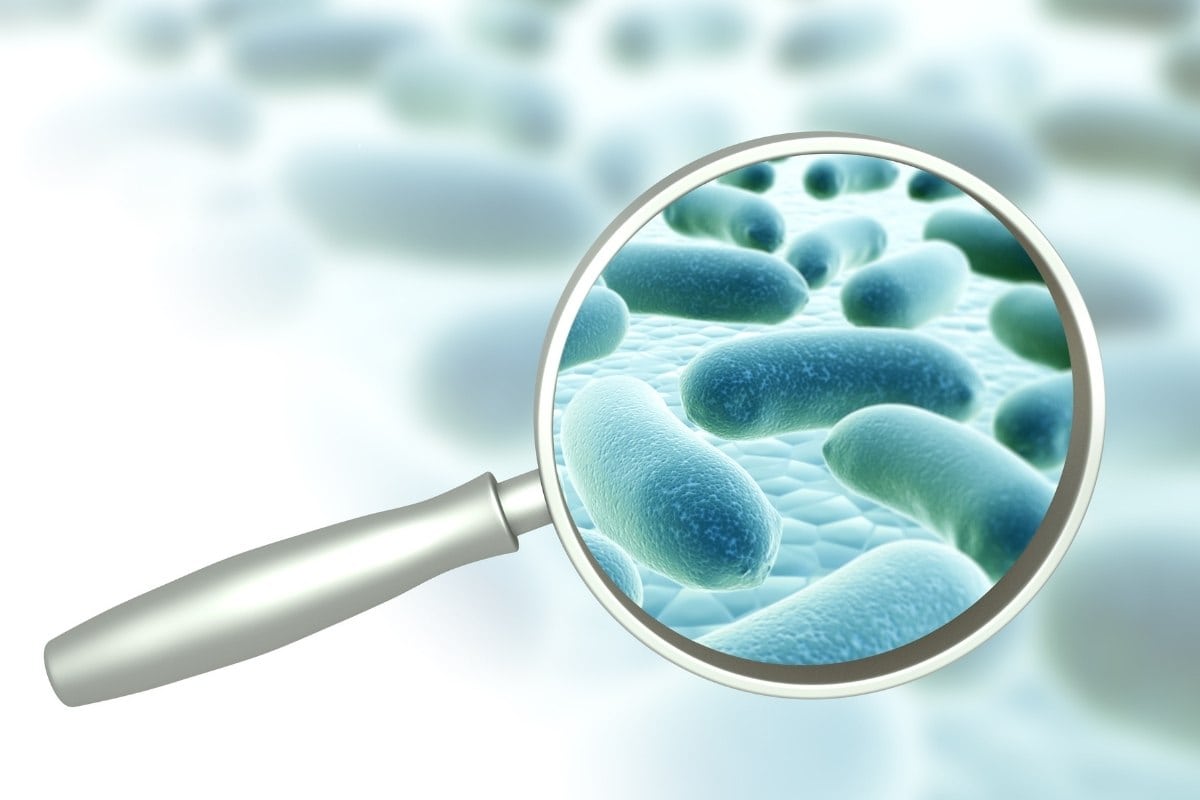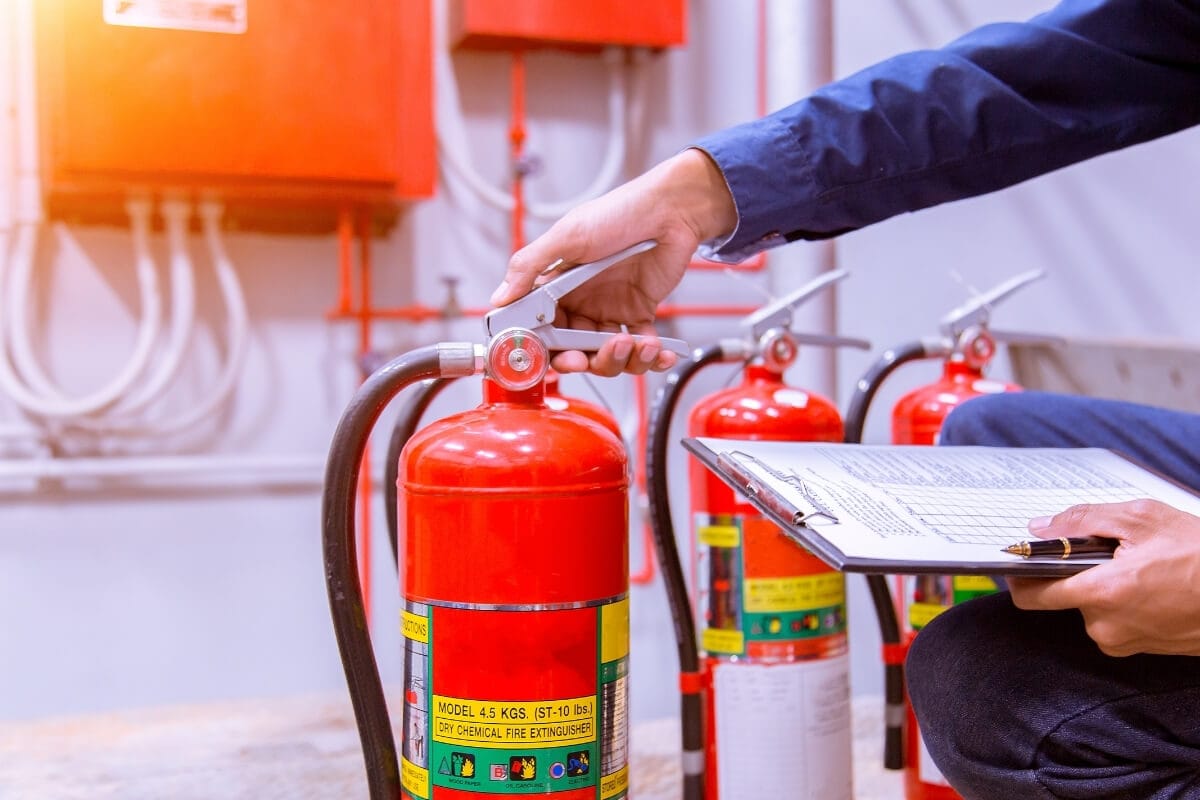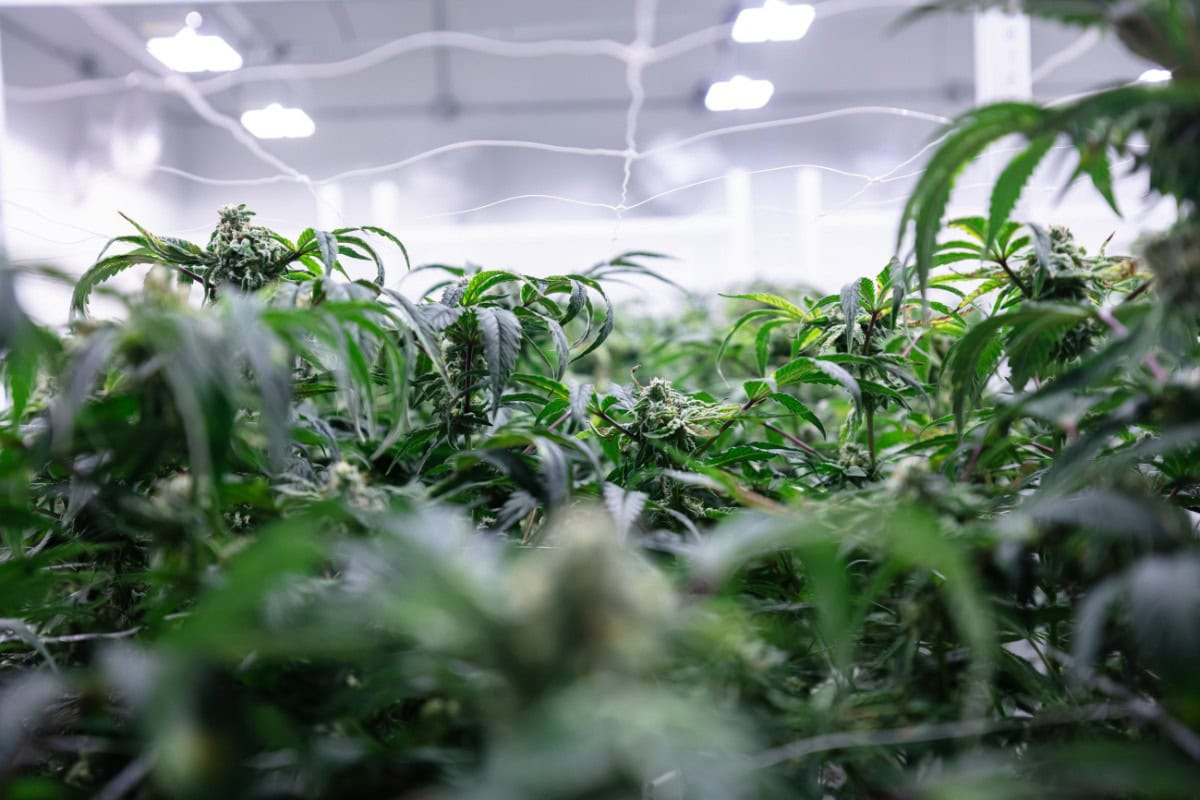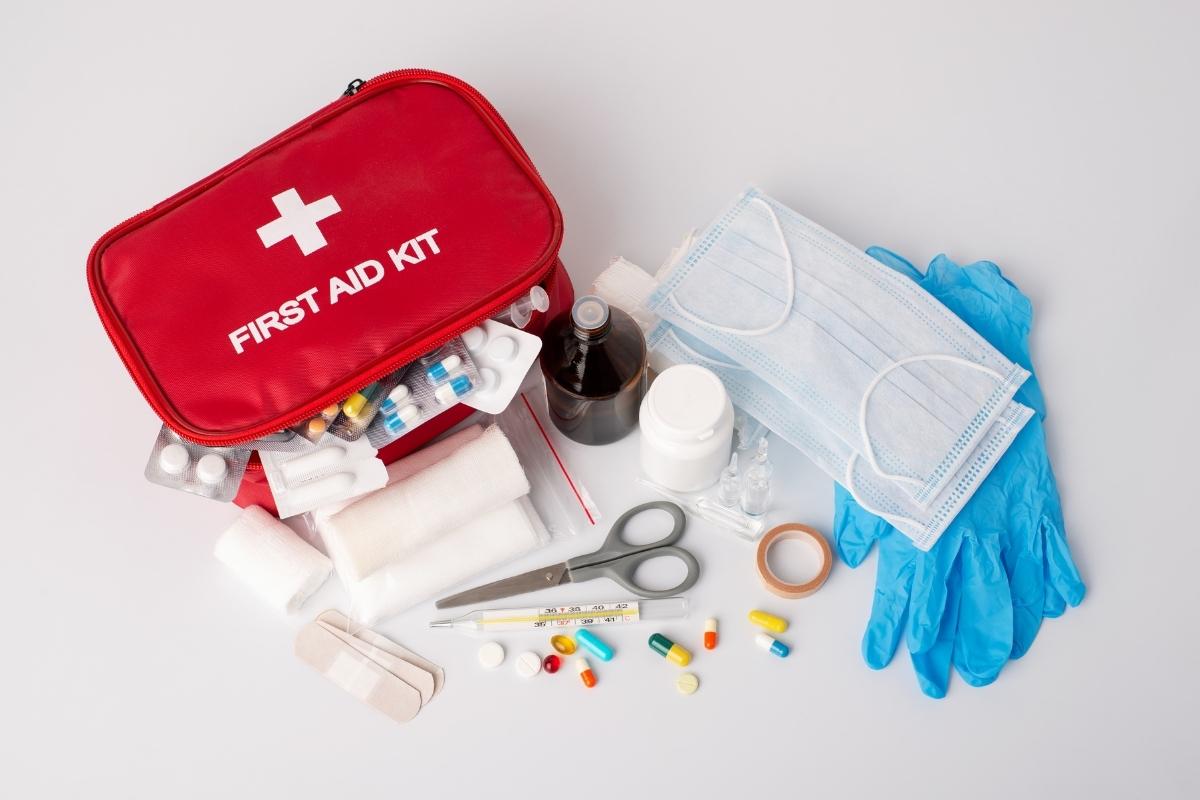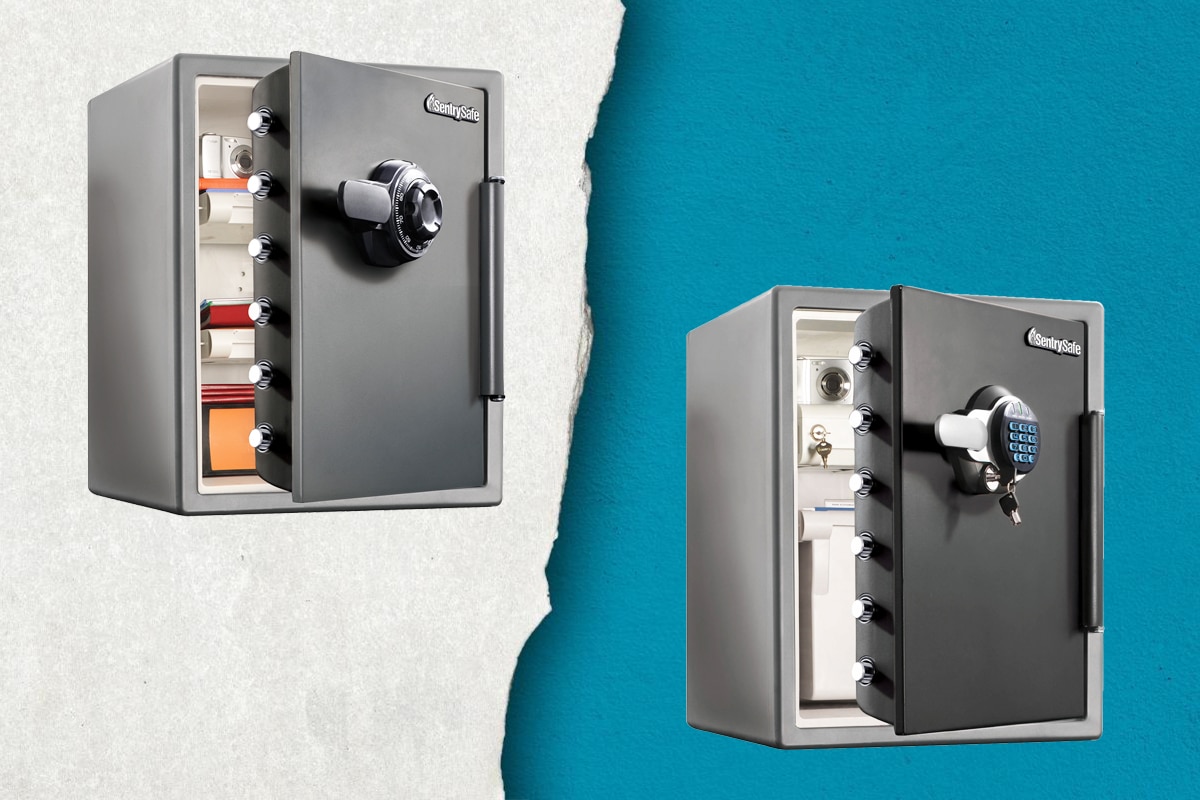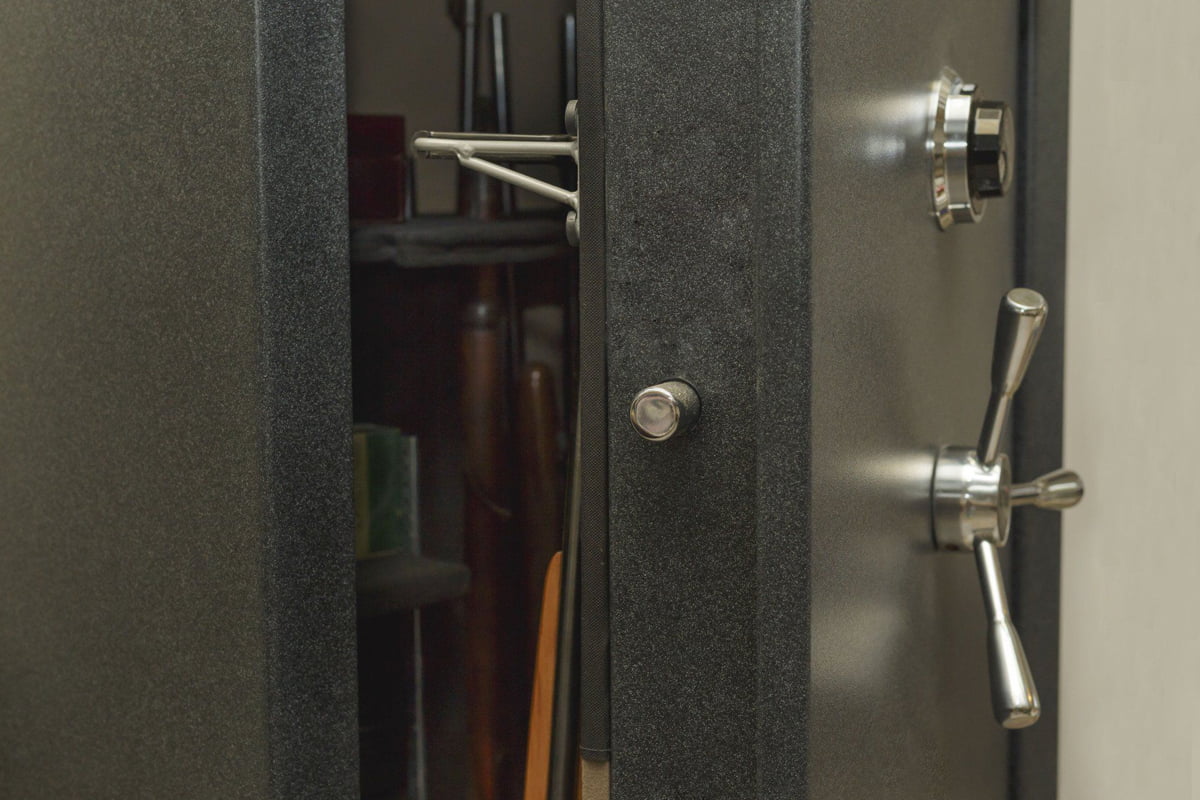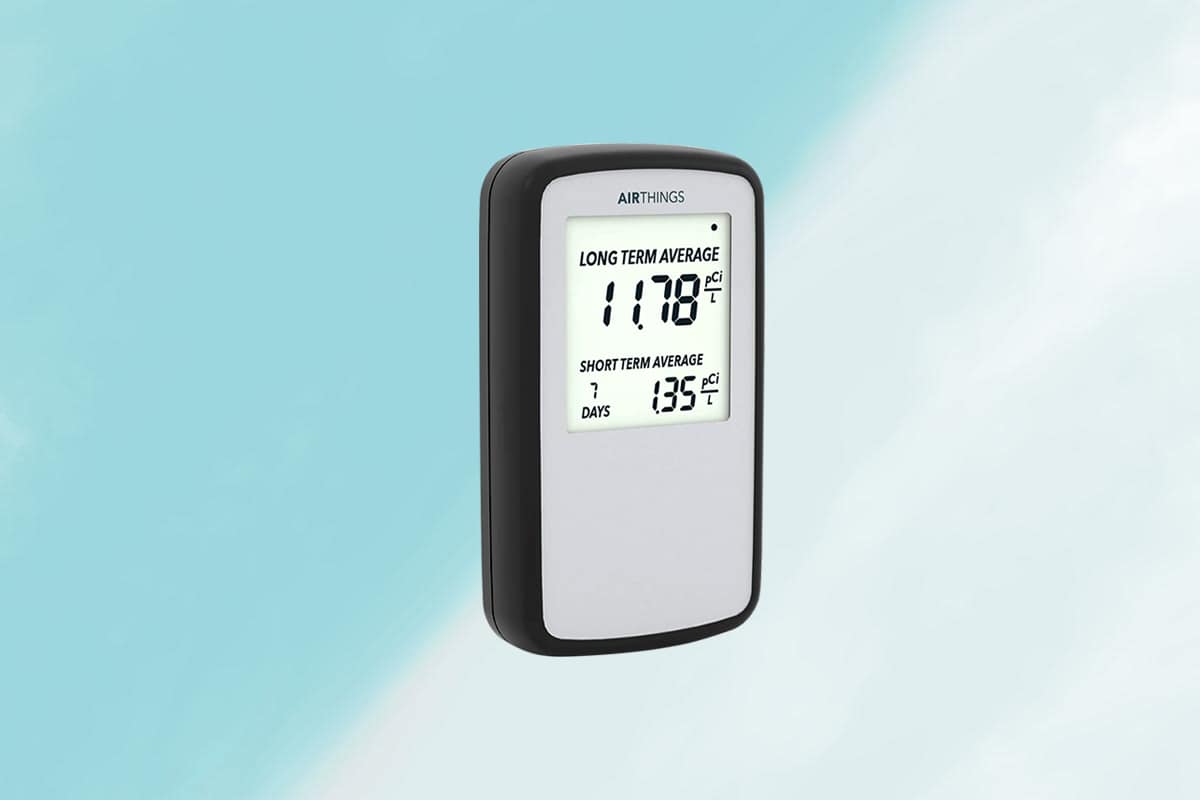The number of kinds of water contaminants is so many that it is practically impossible to have a water sample tested for all potential water problems. Instead of testing for specific contaminants, water testing relies on water quality indicators. So what exactly are water quality indicators?
Water quality indicators are chemical, physical or other parameters that help determine if there is a problem with the water. An example is turbidity or the cloudiness of water. Turbid water does not necessarily mean that it is unsafe. It can, however, indicate that there is a problem with the treatment process or with the distribution system. These problems can then lead to the actual contamination problem that makes the water dangerous.
Fecal coliforms are another set of water quality indicators. Coliform bacteria are primarily used for determining the sanitary quality of food and water. These types of bacteria can be found all over the environment. They can thrive in water, soil and vegetation. Fecal coliforms are a type of bacteria that live in the intestines of various animals.
The presence of fecal coliforms in the water indicates that it has been contaminated by animal or human waste. The most likely cause for the presence of these types of bacteria is a problem with the sewage or the water distribution system.
A leaking water distribution pipe that is near a sewage line can allow bacterial contaminants from the sewage to enter the distribution system and endanger the health of the households that use the water for drinking and cooking.
Some houses that are found in remote places often use septic systems. Problems with these onsite sewage facilities can result in sewage contaminating groundwater. This can make private well water within the vicinity unsafe for consumption.

